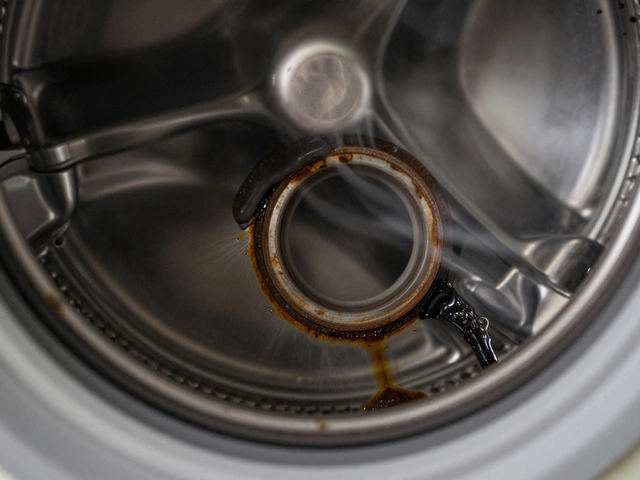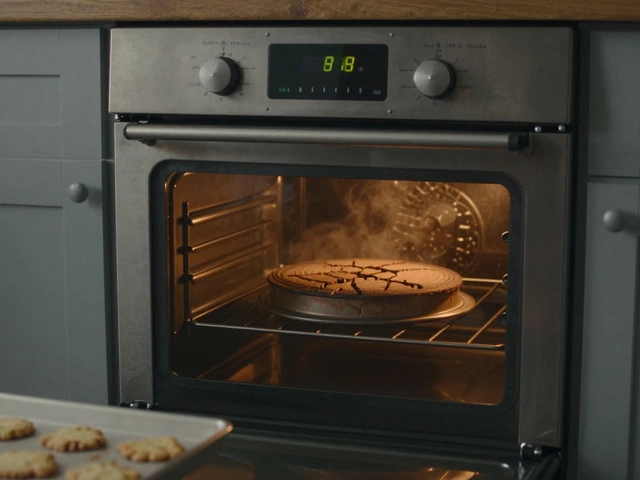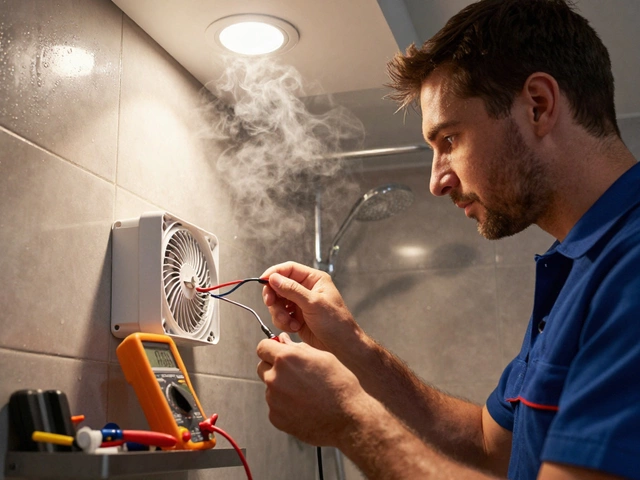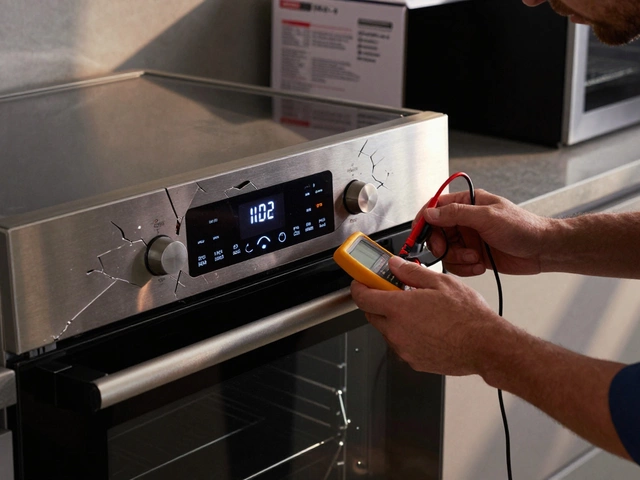Cost of anode rod – what you need to know
When your water heater starts making funny noises or the water tastes metallic, the anode rod is often the culprit. This metal rod sits inside the tank and protects the tank from rust by sacrificing itself. Over time it corrodes, and you have to replace it. Knowing how much a replacement costs helps you decide if you’ll do it yourself or call a pro.
Typical price range for common rods
The price of a new anode rod depends on the material and the size of your tank. A basic magnesium rod for a 40‑gal tank usually runs between £15 and £30. Aluminum rods are a bit cheaper, often £10‑£20, but they don’t protect as well in hard‑water areas. Zinc‑aluminum hybrid rods sit in the £20‑£35 range and are a good middle ground. If you have a large commercial‑grade tank, the rod can be £50 or more. Expect a small markup if you buy from a local plumber’s shop versus an online retailer.
DIY vs hiring a technician
Most homeowners can replace the rod in under an hour with a wrench and a bit of patience. The main costs are the part itself and a few pounds for any extra fittings. If you’re comfortable turning off power or gas, draining a few gallons, and tightening the new rod, you’ll save the labor charge, which can be £40‑£80 per hour in the Hinckley area. A technician will also check the tank for other issues, so factor that in if you suspect more than just a corroded rod.
Before you start, turn off the power or gas, shut the water supply, and let the tank cool. Drain a few gallons to lower the water level; this makes it easier to unscrew the old rod. Most rods bolt on, so a 1‑inch socket usually does the trick. Clean off any rust, wrap the new rod’s threads with plumber’s tape, and screw it in snugly but not too tight.
If you run into a stuck rod, a little penetrating oil and gentle taps can free it. Avoid forcing the rod, as you might damage the tank’s interior. Once the new rod is in place, refill the tank, turn the power or gas back on, and let the water heat up. Check for leaks around the rod after a few minutes of operation.
When you shop, ask the retailer if the price includes a warranty. Many manufacturers offer a one‑year guarantee, which can be worth a few extra pounds. Buying a kit that includes a new rod, a gasket, and a bit of thread sealant is often cheaper than picking each item separately.
Remember that the anode rod isn’t a one‑time fix. In hard‑water areas, replace it every 2‑3 years; in softer water, every 4‑5 years is fine. Keeping a schedule helps you avoid sudden tank failures and costly water damage.
If you’re not comfortable working with a hot water tank, a local Hinckley repair service can handle the swap for you. They’ll usually charge a flat fee that covers the part and labor, so you know the total upfront. Many technicians also offer a quick inspection for free, which can tell you if the rod is the only issue.
Bottom line: a standard magnesium or aluminum anode rod costs between £10 and £35, plus any labor if you hire someone. DIY replacement can be done in under an hour and saves you the labor cost. Keep an eye on the rod’s condition, replace it on schedule, and your water heater will stay protected for years to come.
23 August 2024
·
0 Comments
Replacing the anode rod in a water heater is a crucial task that ensures longevity and efficiency. Costs for this maintenance can vary significantly based on several factors such as the type of anode rod and local labor rates. This article dives into all aspects of anode rod replacement, providing detailed information on costs, types of anode rods, and practical tips for homeowners considering this repair. Maintaining your water heater effectively can save money and prevent unexpected repairs.
Read more






